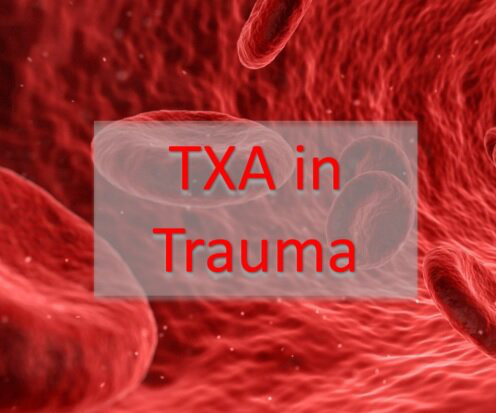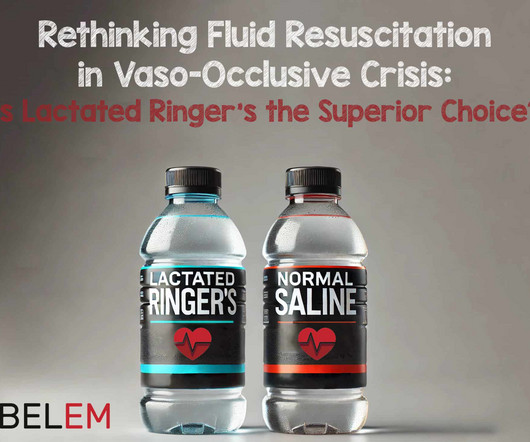TRAIN – Transfusion Strategies in Acute Brain Injured Patients
The Bottom Line
OCTOBER 26, 2024
Restrictive vs Liberal Transfusion Strategy in Patients With Acute Brain Injury @fabio_taccone. PMID: 39382241 Clinical Question In patients with acute brain injury, does a liberal, compared to a restrictive strategy of blood transfusion, improve neurological outcomes at 180 days?



















































Let's personalize your content